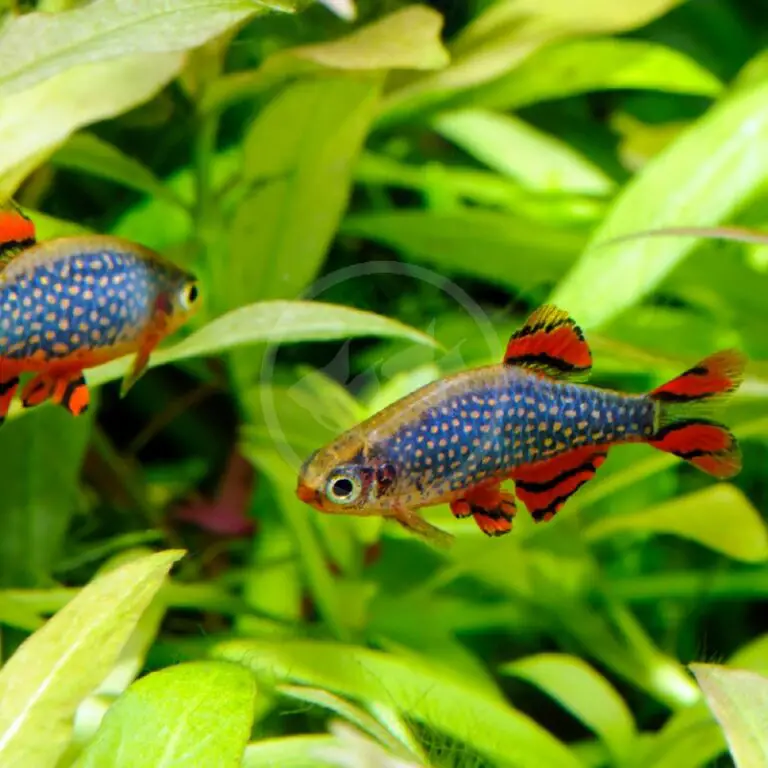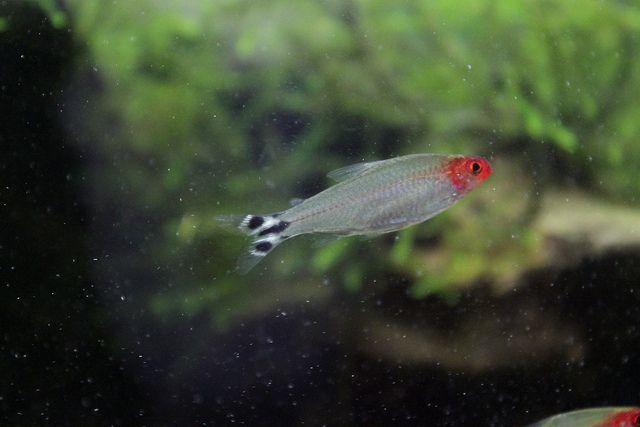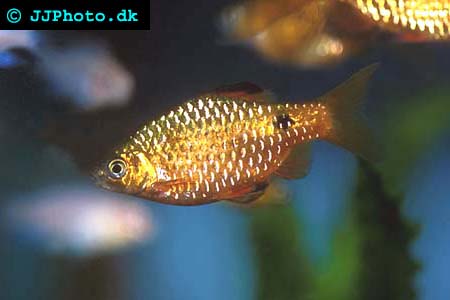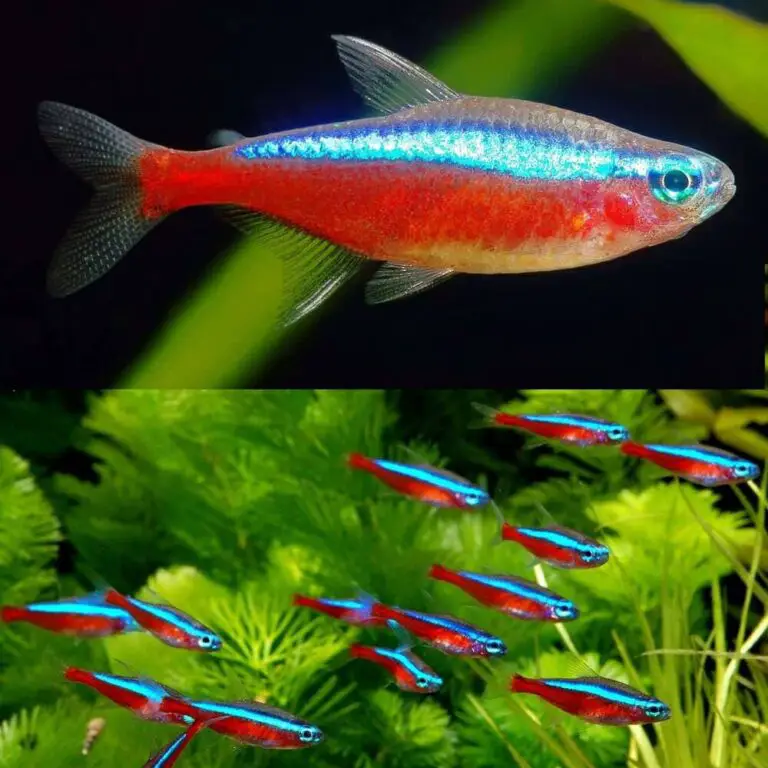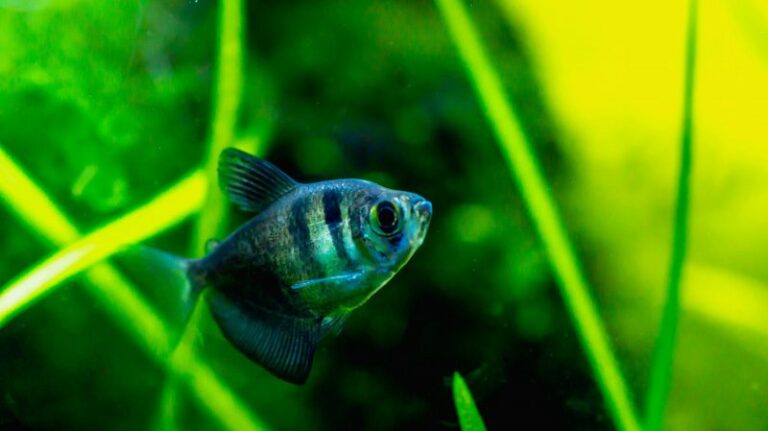Exploring Molly Fish: A Colorful Addition to Your Aquarium
Whether you’re a seasoned aquarist looking for a new species to grace your tank or a newcomer intrigued by the world of aquatic life, Molly fish are an excellent choice for anyone seeking a splash of color and a dash of versatility in their aquatic community. With their vibrant hues and enchanting traits, these distinctive livebearers are cherished by many fish enthusiasts. This comprehensive guide not only explores the world of Molly fish but also provides insights into how you can care for and appreciate these beautiful creatures in your very own home aquarium.

Molly Fish Varieties
One of the first things to captivate fish hobbyists about Molly fish is their vast range of colors and fin shapes. From the dazzling Sailfin Molly with its striking dorsal fin to the Balloon Molly, which sports a unique rounded-out body, there’s a Molly for every personal preference.
Sailfin Molly
The Sailfin Molly is a standout in any tank, known for its elongated, sail-like dorsal fin that can be as eye-catching as it is elegant. Its body can come in various shades, often with a metallic sheen, and it is a relatively peaceful fish that can grow up to five inches in length.
Balloon Molly
The Balloon Molly is a variety that’s sure to turn heads. Its distinctive appearance is thanks to a genetic mutation that gives it a more rounded profile. This Molly’s gentle disposition and rounded body shape make it a charming addition to a community tank.
Black Molly
This variety is known for its dramatic coloration, which is dark and velvety. You’ll often find this Molly adorned with silver or gold colored spots on its body, a feature that adds a regal look to this hardy fish.
Lyretail Molly
One of the more picturesque Mollies, the Lyretail Molly boasts a tail that’s split, with the bottom half significantly longer than the top. This gives the fish a lyre-like shape to its tail when fully grown, making it a graceful swimmer in your aquarium.
Dalmatian Molly
True to the iconic pup, the Dalmatian Molly sports a spotted body that can be combined with a wide range of base colors. This playful pattern makes each Dalmatian Molly as unique as a fingerprint, perfect for aquarists looking to add an element of surprise to their tank.
The wide variety of colors and fins isn’t the only thing that sets these fish apart. Mollies are also more resilient to changing tank conditions compared to other species, making them a fantastic choice for beginners and seasoned hobbyists alike.
Setting up a Molly Fish Tank
The key to a happy and healthy Molly fish community lies in the setup of your aquarium. Here’s what you need to take into consideration:
Tank Size and Decorations
A 20-gallon tank is a great starting point for a small group of Mollies, as they benefit from space to roam and explore. Ensure that your tank is furnished with plenty of live plants, as Mollies enjoy nibbling on them, and the foliage provides hiding spots. Smooth gravel is ideal for the substrate; avoid any sharp edges that could damage their delicate fins.
Water Conditions
Molly fish are adaptable, but they do have their preferences. They tend to thrive in slightly brackish water conditions, which you can achieve by adding a small amount of aquarium salt. The pH level should be around 7.5-8.0, and the temperature around 75-80°F, replicating their natural habitats in the coastal waters of the Americas.
Tank Mates for Mollies
Mollies are a peaceful species, making them excellent tank mates for many other community fish. Good companions include other livebearers like guppies, platies, and swordtails, as well as peaceful species of tetras and bottom-dwellers like corydoras catfish.
Molly Fish Care Tips
To ensure your Molly fish remain vibrant and active, regular care and attention are essential. Here are some care tips to keep your Mollies thriving.
Feeding
Molly fish are omnivorous and will eat a varied diet. Offer them high-quality flake food as a staple along with occasional feedings of live or frozen brine shrimp, bloodworms, and algae wafers. Providing a diverse diet will help maintain their health and enhance their coloration.
Water Quality
Regular water changes are vital for maintaining the high water quality that Mollies prefer. A 20% change every 2 weeks should be sufficient, although more frequent changes may be necessary if you have a large number of fish in the tank. Monitor ammonia and pH levels and keep them within appropriate ranges.
Tank Maintenance
In addition to water changes, ensure that you clean the tank and its components regularly. Use an aquarium-safe algae scraper to remove any buildup, and inspect your filter to make sure it is functioning properly. A clean tank is a happy tank for your Molly fish.

Breeding Molly Fish
One of the fascinating aspects of keeping Mollies is observing their breeding habits. Mollies are livebearers, meaning the female gives birth to live offspring. They are prolific breeders, and a well-maintained aquarium environment can lead to a flourishing population.
Mating Behavior
Molly fish exhibit a classic courtship behavior with males showcasing their best displays, often flaring their fins as they vie for the attention of a female. Once a female is ready to mate, the male will fertilize her eggs. Gestation typically lasts around 60 days before the female gives birth to fry.
Rearing the Young
The adult Mollies are not typically aggressive towards the fry, but providing plenty of plants and cover will increase the chances of survival. You can also remove the fry to a separate grow-out tank or a breeding net to protect them from any potential predators.
Maintaining a Balanced Population
With favorable conditions, Mollies may breed regularly, which can lead to an overpopulation issue. It’s important to have a plan for the fry to prevent overcrowding, such as giving them away to other aquarium enthusiasts or returning them to a local fish store.
Benefits of Keeping Molly Fish
Beyond their captivating appearance, Mollies offer several benefits to your aquarium ecosystem. They are active swimmers, creating an engaging environment for observation. Mollies are also efficient algae eaters, contributing to the maintenance of a balanced tank.
Active Swimmers
Molly fish are known for their high activity levels and playful nature. They will spend their days exploring their environment, seeking out morsels of food, and interacting with one another. Their activity can be quite entertaining and adds an energetic dynamic to your tank.
Algae Control
Algae can be a common issue in aquariums, but Mollies can help keep it in check. Their constant grazing on algae can significantly reduce its growth, helping to maintain a clean and healthy tank.
Conclusion
The Molly fish offers aquarium enthusiasts a combination of beauty, resilience, and interaction. With their stunning variety of colors and fin shapes, they can add a wonderful aesthetic to your aquarium. By following the care tips and guidelines provided in this guide, you can enjoy the company of these versatile fish for years to come. Whether you’re captivated by their vibrant colors or charmed by their social nature, adding Mollies to your community tank is an excellent way to enhance your aquarist experience.



